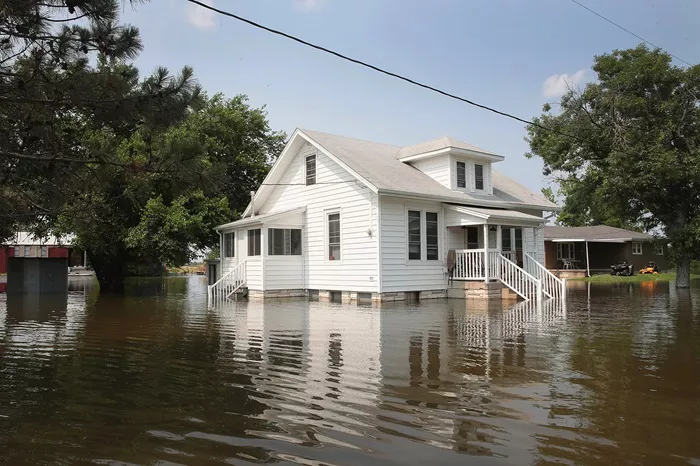Landlord insurance is a specialized type of insurance that provides coverage for landlords renting out properties. It is crucial for UK landlords as it protects their financial investment from risks associated with rental properties. These risks include property damage, liability claims, loss of rental income, and more. The cost of landlord insurance can vary significantly depending on several factors, making it essential for landlords to understand what influences these costs.
Factors
Several factors influence the cost of landlord insurance in the UK:
Property Type & Location: The type of property and its location are significant factors. For example, insuring a city-centre flat may differ greatly from insuring a detached house in a rural area due to varying risks such as crime rates, building construction, and proximity to emergency services.
Property Value: Higher property values generally result in higher insurance premiums. This is because more expensive properties typically have higher rebuilding costs and may attract higher liability claims.
Rental Income: The amount of rental income generated from the property can affect insurance costs. Higher rental income often correlates with higher property values and increased risk exposure.
Number of Tenants: Properties with multiple tenants, such as HMOs (Houses in Multiple Occupation), generally have higher insurance premiums due to increased occupancy risks and potential for more complex legal issues.
Level of Cover: The extent of insurance coverage chosen by the landlord also impacts costs. Policies that cover both buildings and contents generally cost more than those covering only the building structure.
Landlord’s Experience: New landlords with less experience may face higher premiums as insurers perceive them to be at higher risk of making claims due to unfamiliarity with property management.
Security Features: Properties with robust security measures such as alarms, CCTV, and secure locks can qualify for lower premiums. These features reduce the likelihood of theft or damage.
Previous Claims History: Landlords who have made previous insurance claims may face higher premiums as insurers consider them more likely to make future claims.
Typical Costs
Landlord insurance premiums in the UK can vary widely depending on the factors mentioned above. Here are some typical costs:
Range of Costs: Landlord insurance premiums typically range from £150 to £1,000 or more per year, depending on the property and its location.
Examples:
- For a 2-bedroom flat in London, you might expect to pay around £250 to £400 per year.
- Insuring a detached house in a rural area might cost between £300 and £600 annually.
Importance of Getting Quotes: To determine the exact cost of insurance for a specific property, landlords should obtain quotes from multiple insurers. This allows them to compare coverage options, premiums, and benefits tailored to their property and circumstances.
See Also: Why Is Renters Insurance Important
Tips for Getting the Best Price
To obtain the most competitive price for landlord insurance, landlords should consider the following tips:
Compare Quotes: It’s crucial to compare quotes from different insurance providers. Each insurer assesses risk differently, so obtaining multiple quotes helps identify the best coverage at the most competitive price.
Shop Around Online: Use online comparison websites tailored to landlord insurance. These platforms simplify the process of comparing premiums, coverage options, and customer reviews across various insurers.
Consider Bundling Policies: Many insurers offer discounts for bundling landlord insurance with other policies, such as home insurance or car insurance. This bundling can result in cost savings while maintaining comprehensive coverage.
Negotiate: Landlords can potentially negotiate lower premiums by discussing discounts with insurers. Improving property security, agreeing to higher deductibles, or demonstrating a history of responsible property management may all contribute to negotiating a better rate.
Choose the Right Level of Cover: Understanding the difference between various levels of cover (e.g., buildings only vs. buildings and contents) is essential. Opting for the appropriate level of cover ensures adequate protection without unnecessary expenses.
Conclusion
In conclusion, the cost of landlord insurance in the UK varies significantly based on factors such as property type, location, value, rental income, and insurance coverage level. Landlords should obtain quotes from multiple insurers to find the most competitive price tailored to their specific property and circumstances. Understanding these factors and following the tips provided can help landlords secure comprehensive insurance coverage at a reasonable cost, thereby protecting their investment in rental properties effectively.
[inline_related_posts title=”You Might Be Interested In” title_align=”left” style=”list” number=”6″ align=”none” ids=”2724,2811,2814″ by=”categories” orderby=”rand” order=”DESC” hide_thumb=”no” thumb_right=”no” views=”no” date=”yes” grid_columns=”2″ post_type=”” tax=””]





















